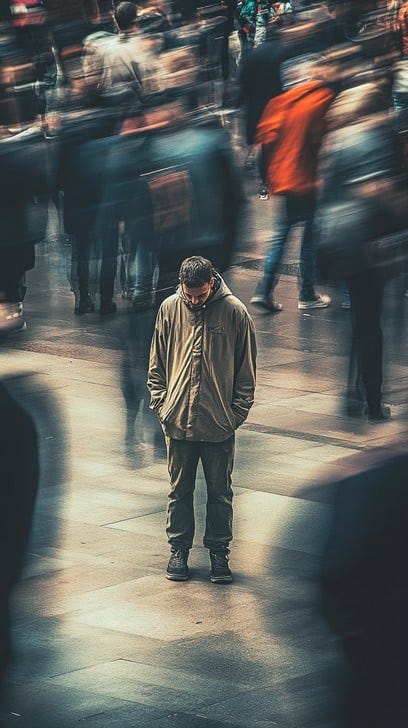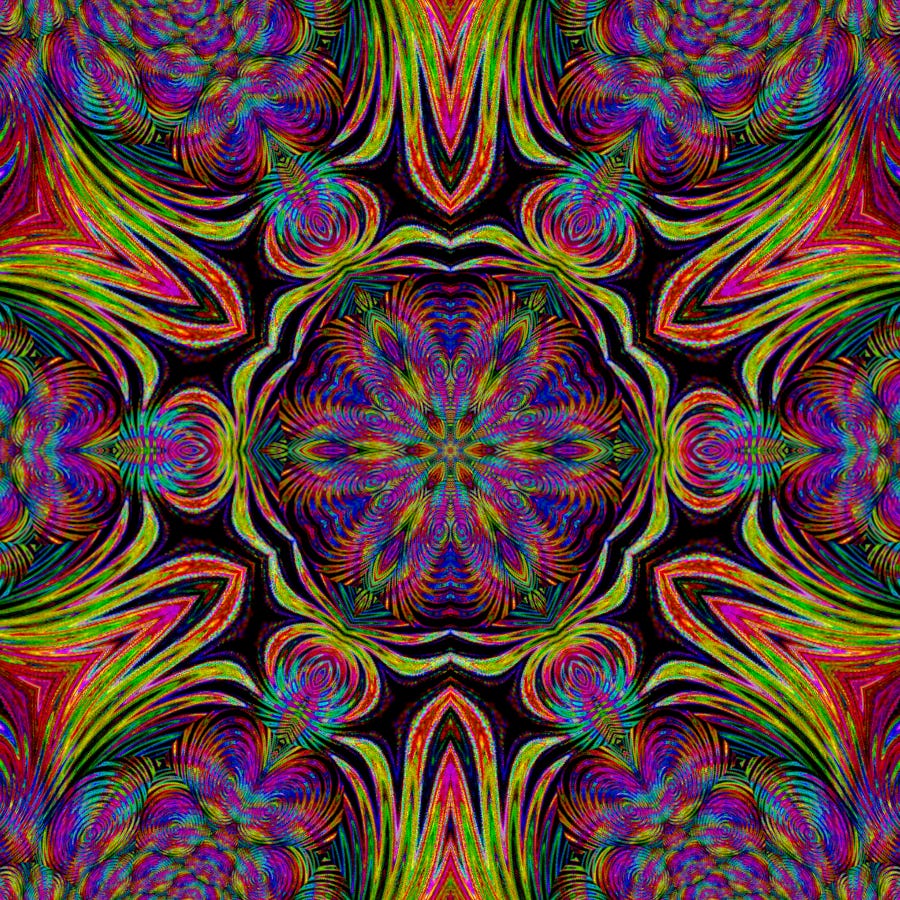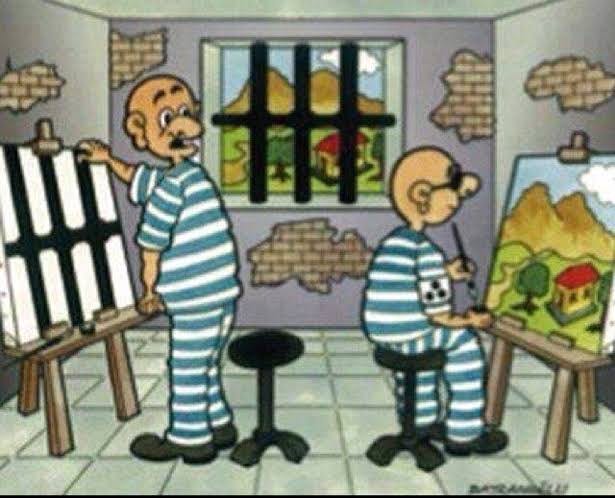Perception. Perspective. And a Plate of Hot Food.
How I learnt to see differently — and build from it.
When I was four, I still hadn’t said a word.
People thought I was mute. My parents feared it too, until they slowly realised I wasn’t voiceless, I just didn’t use mine the way others did. I’m a few-worded person. And in a world that values noise, that can look like a weakness.
But I’ve come to see it differently. That silence gave me an early edge in something rare today — deep listening and thoughtful perception. I observed, I reflected, I processed things slowly but thoroughly. I wasn’t the loudest in the room, but I was often the one who saw what others missed.
Quiet Outside, Fast Inside
As I grew, I realised I was thinking far faster than I was speaking. It made me introspective, but also created friction. People often misjudged me, assuming disinterest or slowness, when in reality I was ten layers deep in thought, processing everything from cause to consequence.
That tension between how I was perceived and who I actually was taught me to bridge the gap. Not just to think clearly, but to speak clearly. First, I started talking. Then, I learned to say what I wanted. Eventually, I learned to say what others needed. That transition matured me. It taught me intention over expression. In Tamil, there's a line I carry with me always:
"Edam, Porul, Eval" — the right context, the right meaning, the right value.
When Creativity is Misunderstood
In high school, I built a food delivery app using C++ as my final project, years before food tech platforms hit scale. I just wanted to enjoy hot food from my favourite restaurants while watching TV. But my teacher dismissed it as copied from the internet. The code was mine. The idea was mine. But the perception wasn’t.
That rejection silenced something in me again. For almost two years, I paused my creative expression, not because I lost it, but because I feared being misread again. But here’s the thing about perspective — with time, it widens. And eventually, I realised someone else’s inability to see your originality doesn’t erase it.
So I came back. First through curiosity about sustainable energy and VWAT systems. Then by offering to assist in research. It wasn’t about proving anything anymore. It was about expressing again, on my own terms.
Business Through the Eyes of Empathy
After undergrad, I joined our family-run FMCG distribution business. But not as a leader. I came to learn. On the ground, I met experienced salesmen, most without formal education or polished communication. Some couldn’t miss a day of work because that would mean missing a meal.
To many, they’d seem unskilled or expendable. But my perspective changed everything.
I saw not just workers, but people — resilient, skilled, adaptable. I designed variable pay structures, ran internal market education workshops using five years of SKU-level sales data, and set up a system that helped them grow along with the business. I learnt how real leadership isn’t just people management, it’s process empathy. It’s seeing people as people, not just roles.
Solving the Maze, Not Escaping It
Business, like life, is rarely linear. It’s a system of systems, a fractal maze where each turn reveals more complexity. My experience wasn’t about controlling that complexity, but flowing through it. Like water through rock — resilient, persistent, unassuming.
Most people perceive leadership as control. I’ve learned it’s actually navigation. It’s the ability to adapt without losing direction, to make decisions when there are no perfect answers. And that mindset took me somewhere new.
A Full-Circle Moment: Food Again
Now in the UK, I find myself drawn back to my first love—food delivery—but this time, with more maturity and perspective.
The industry has grown, but it's still struggling with something fundamental: how to truly understand and influence customer behaviour. Everyone’s chasing the same thing—AOV, frequency, retention. But I think we’ve been solving the wrong equation.
From a market lens, food delivery is logistics.
But from a consumer perspective, it’s emotional. A plate of food is not a transaction—it’s comfort, memory, care.
What if platforms stopped being aggregators and started being storytellers? What if we let the chef be tipped like an artist, not a worker? What if ordering food felt like stepping into a restaurant’s culture, not just its kitchen?
So… how do we live well in a world of perception vs perspective?
If there’s one thread that runs through my life, it’s this:
What you see isn’t always what it is.
People saw a silent kid and assumed he had nothing to say.
They saw a project and assumed it wasn’t mine.
They saw blue-collar workers and assumed they lacked value.
They saw food delivery and assumed it was just logistics.
But each time, perspective changed everything.
We live in a world that’s quick to form perceptions—likes, labels, judgments, assumptions. But most of these are just surface-level. True understanding takes time. It takes listening, asking, and experiencing. And that’s how I want to live—not reacting to perception, but constantly expanding my perspective.
Lately, I’ve been thinking about questions like:
Are we living our lives or performing them based on how we’re perceived?
Do we slow down enough to question our first impressions?
Are we building systems in business, in relationships, in life—that are shaped by empathy, not ego?
Can we hold two truths at once: how things look and how they really are?
Because life isn’t just about being understood.
It’s also about doing the work to understand.
That’s how I want to build, lead, and live:
With curiosity. With clarity. With care.
And maybe, just maybe, if more of us start doing that, we’ll shift from a world that rushes to judge to one that learns to listen.
Throughout my life, people have had their own perceptions of who I am.And so have I.
The difference is, I’ve learned to evolve mine. To widen it. To challenge it.
And most importantly, to use that shift to solve problems that matter.
Perception isn’t truth. Perspective is what you build when you go looking for it.
And I’m still building mine—one plate, one project, one person at a time.
If this resonated with you, hit subscribe. I write about life, food, systems, and the space between what we think we know.






